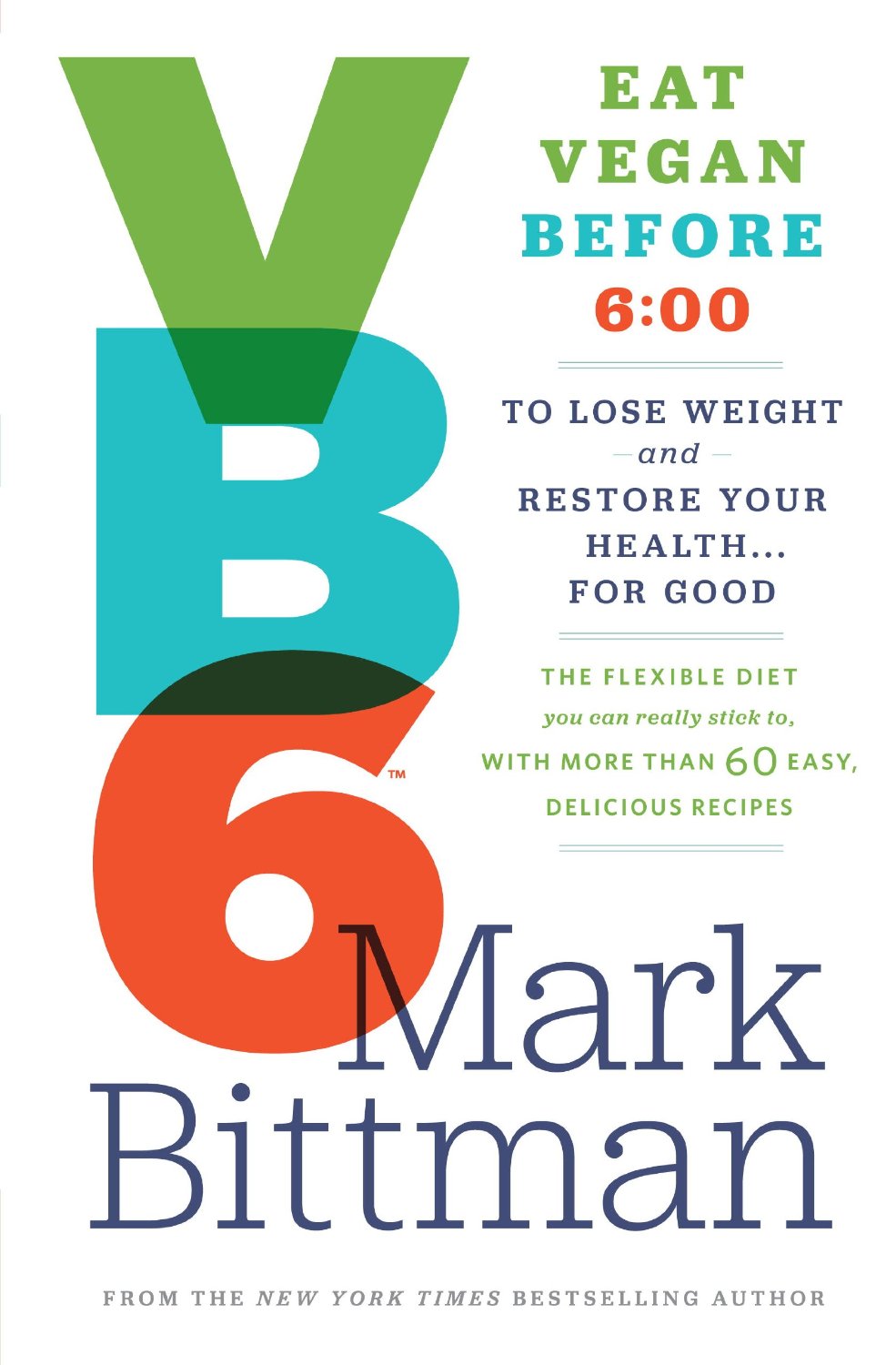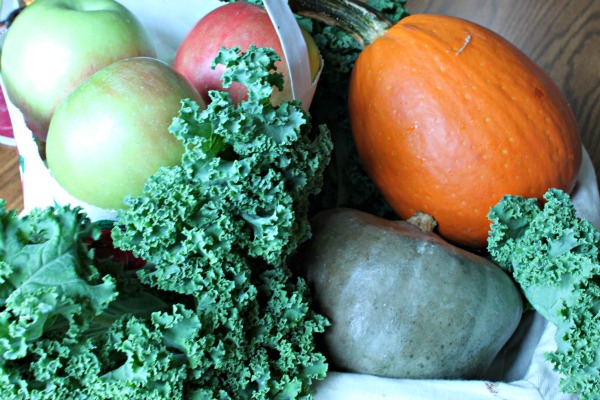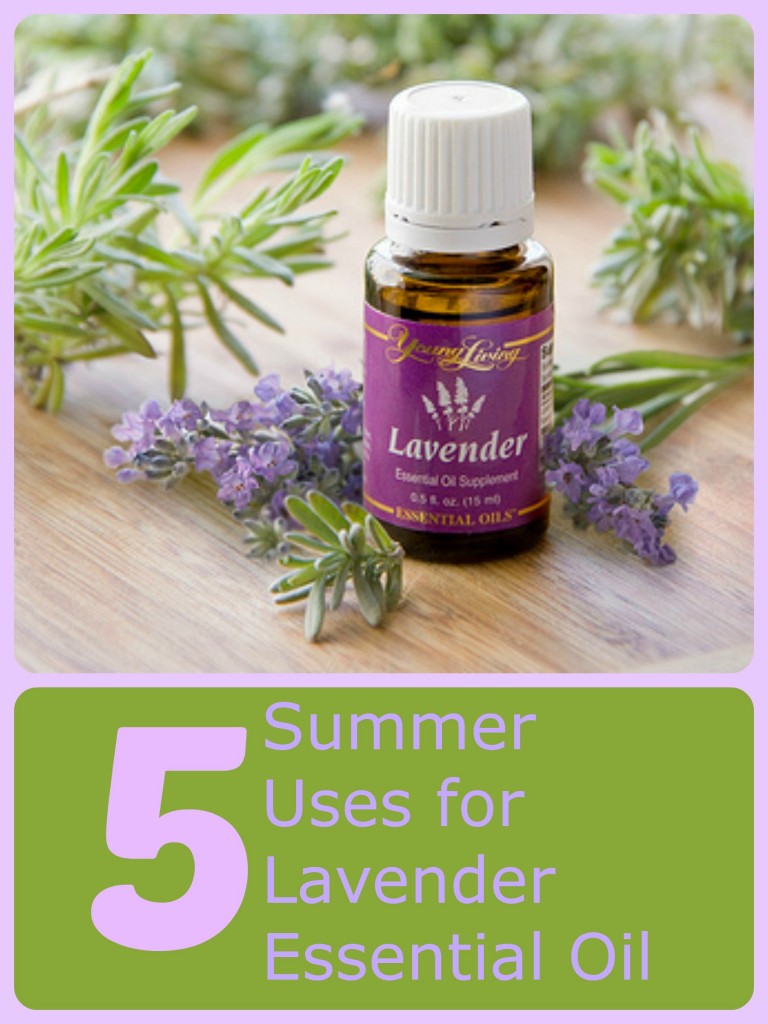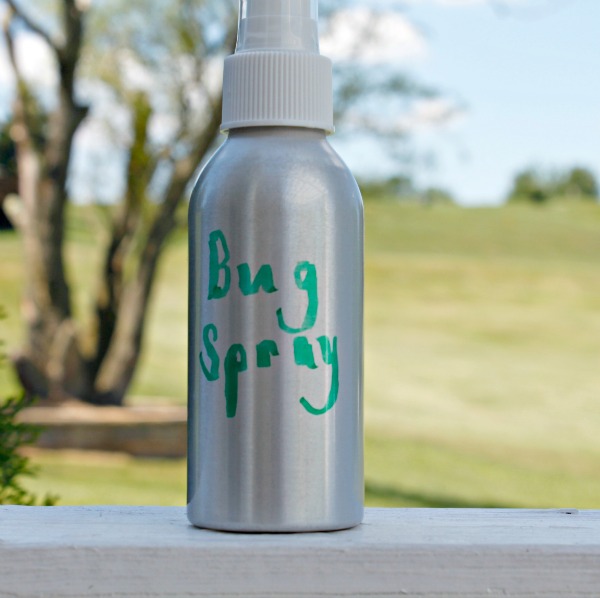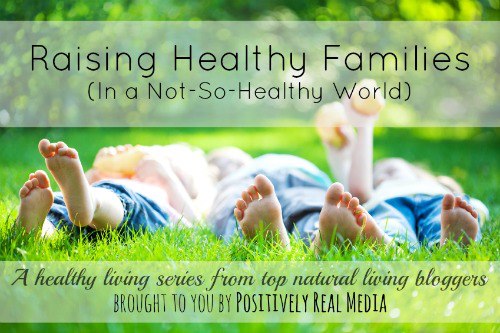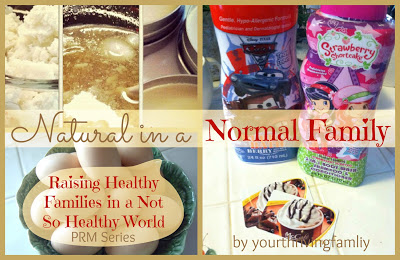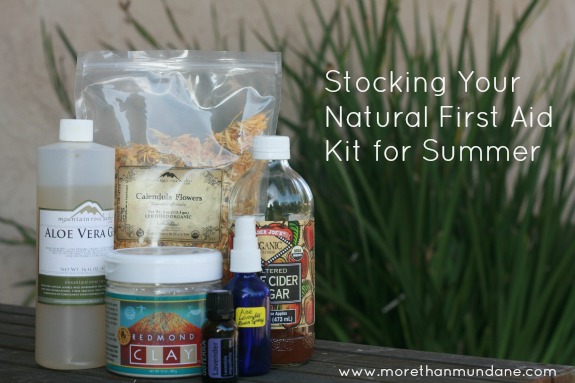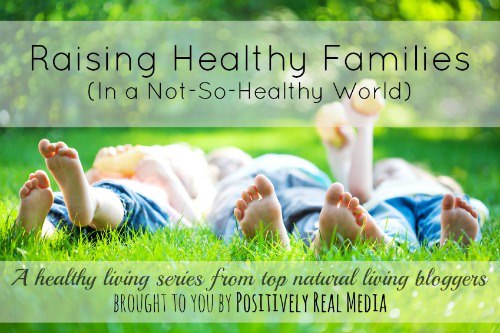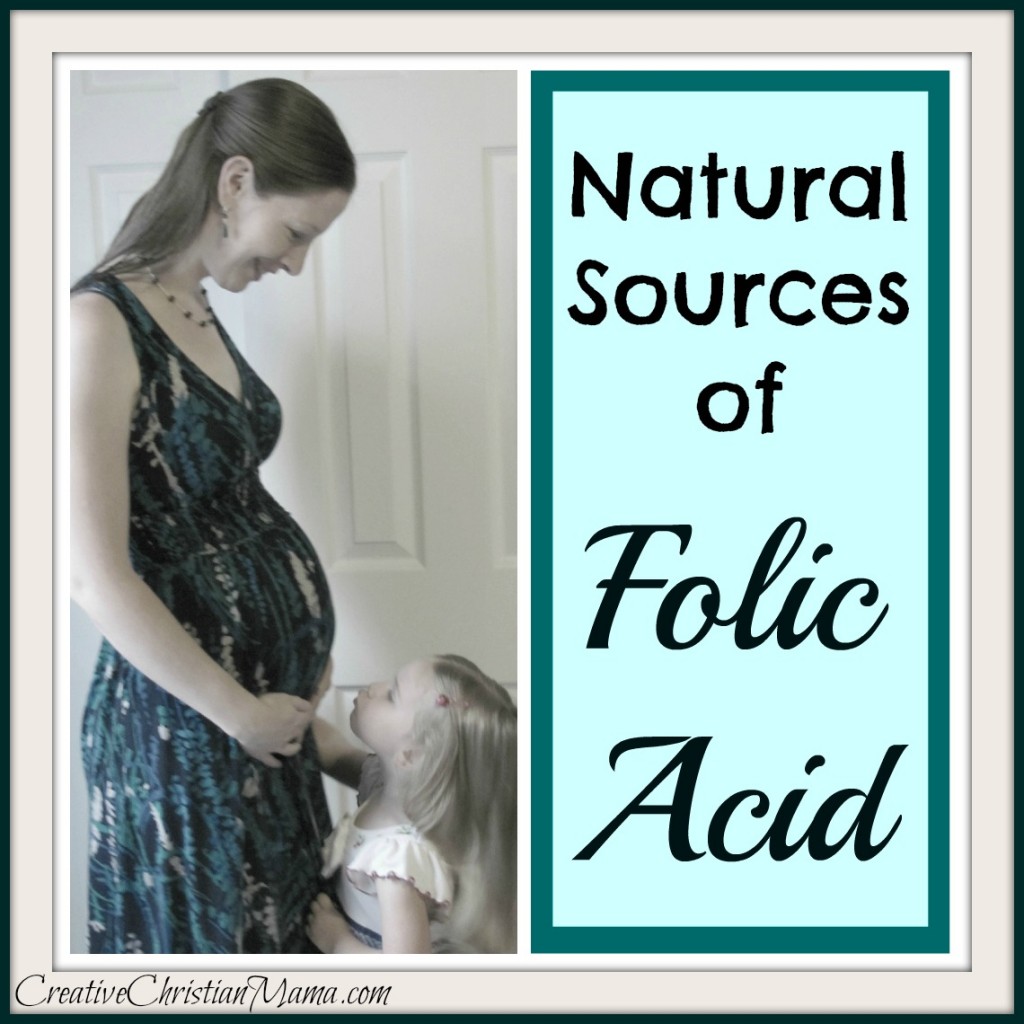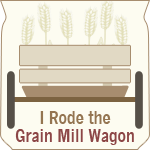This is not a sponsored post. Tom’s of Maine gave me some product to try, but all opinions are my own. This post does contain affiliate and referral links. Thank you for supporting Authentic Simplicity!
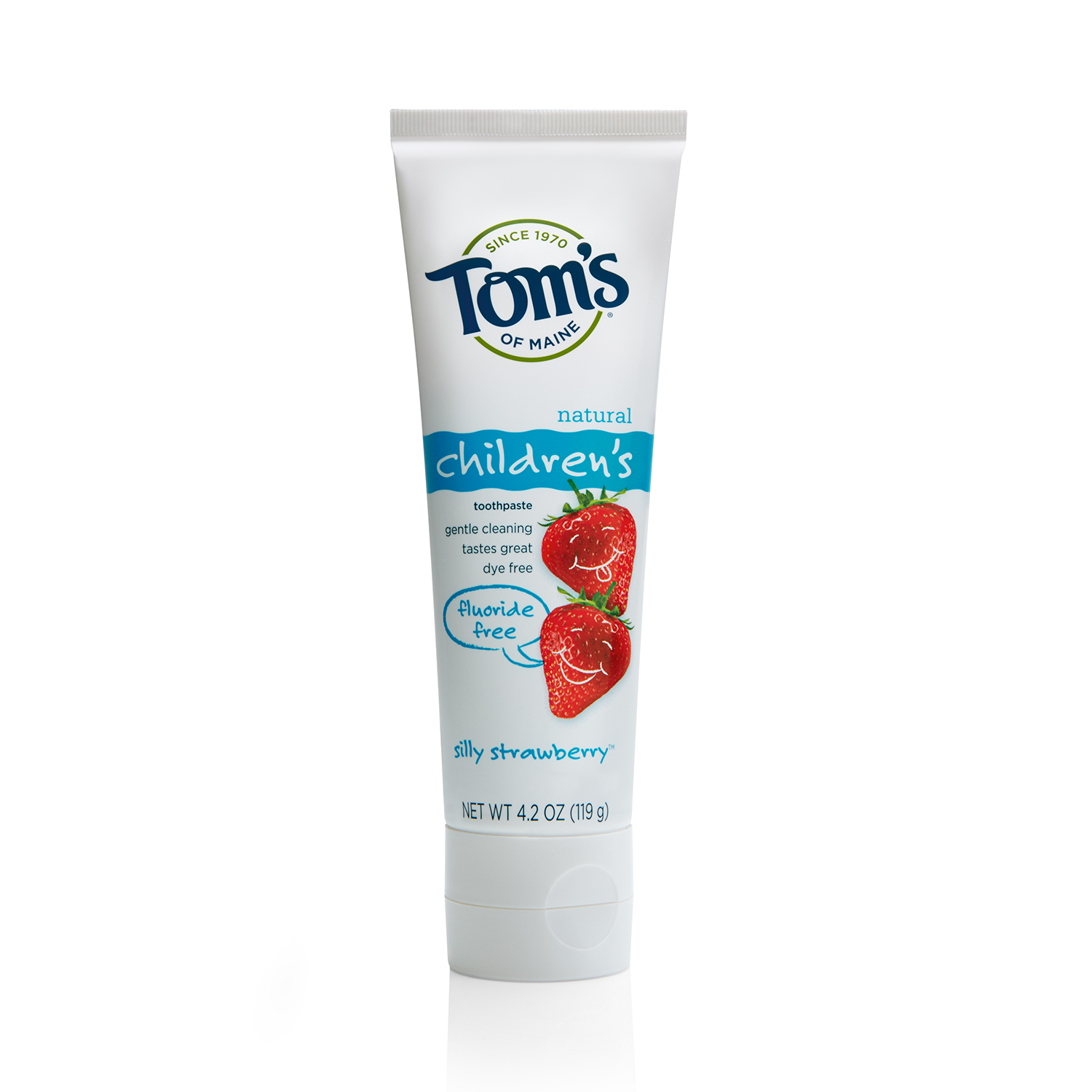 Although you know that healthy teeth have more to do with diet than oral hygiene, you still want to keep them clean, yes? (Ain’t nobody wants to catch wind of stinky breath, ya know?) And cleaning said teeth with toothpastes laden with nasty chemicals seems counter-productive, yes?
Although you know that healthy teeth have more to do with diet than oral hygiene, you still want to keep them clean, yes? (Ain’t nobody wants to catch wind of stinky breath, ya know?) And cleaning said teeth with toothpastes laden with nasty chemicals seems counter-productive, yes?
But natural toothpaste is so expensive, yes?
No.
Thankfully, affordable yet natural (even fluoride-free!) toothpaste is available at just about every grocery store, as well as the ubiquitous Walmart and Target. I’m talking about Tom’s of Maine, whose line of kids’ toothpastes I was recently able to try.
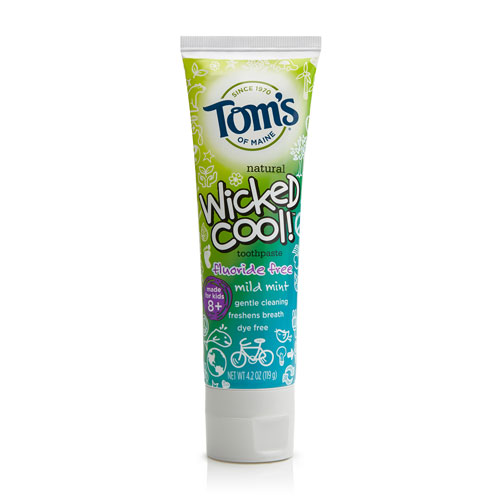 What I Like About Tom’s of Maine
What I Like About Tom’s of Maine
- Availability: You can find their products in just about any store, or online at Amazon.com or Vitacost.com. Some other highly recommended natural toothpastes are a little more obscure and harder to come by, so it’s nice to know there’s an option close at hand.
- Affordability: The Silly Strawberry Kids’ Toothpaste which I tried is currently $2.61 at Vitacost (normally $5.17). A pack of 3 is currently $7.83 at Amazon.com. If you want to pick it up at Walmart, you’ll find the price to be somewhere around $3.00.
- Skin Deep Rating: EWG’s Skin Deep Database rates products based on their safety and environmental impact. Tom’s of Maine’s kids’ toothpastes get a rating of “2″, which is an excellent rating.
- Natural Flavors: One thing that I despise about most kids’ toothpastes is the artificial flavors they all contain. My kids love that fake flavor, but I cannot abide it! My Certain Little Someone is very particular about the flavor of his toothpaste, and has turned his nose up at other natural brands. At first, he didn’t take to the Silly Strawberry flavor (which comes from actual strawberry juice!) but it wasn’t long before he adjusted, and then he loved it as much as any of the other fake ones. Now the Wicked Cool Mint flavor, which comes from actual mint leaves, is definitely not his favorite, but that’s no surprise since he doesn’t even like peppermint candy canes!
- Transparency: I love how Toms of Maine is very transparent in detailing the ingredients in their products so you always know what you’re getting. Their Ingredients List details what ingredients they use in their products and from what those ingredients are derived (a very important detail!).
- Fluoride-Free: Fluoride-free toothpaste is hard to come by for children past the toddler stage, so I love that Toms of Maine makes fluoride-free versions of all their children’s toothpastes.
- What’s Missing: Tom’s of Maine uses no artificial flavors, preservatives, fragrances, or colors.
What I Don’t Like
Honestly, there’s not a lot I don’t like about Tom’s of Maine, although some of their ingredients (sodium lauryl sulfate) are not *quite* as natural and unprocessed as I would prefer. However, the alternatives are a lot pricier and extremely difficult to find, which makes Toms of Maine an excellent choice.




